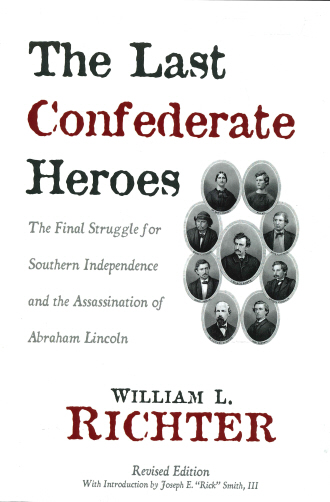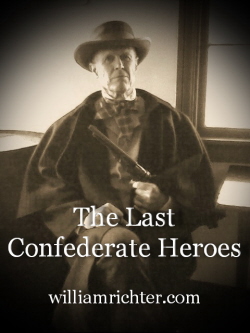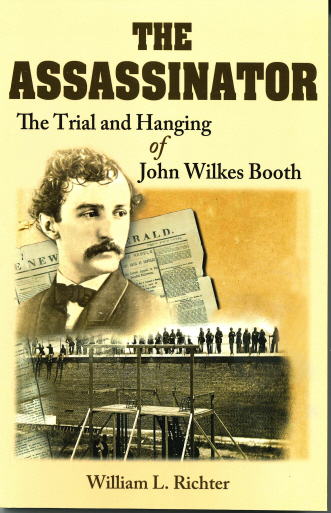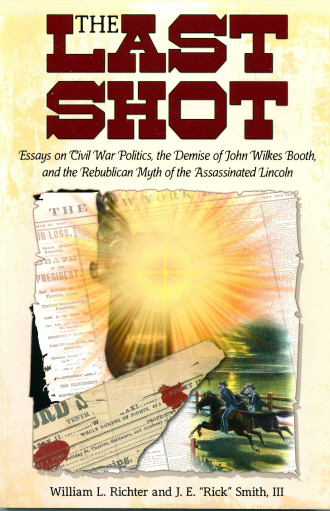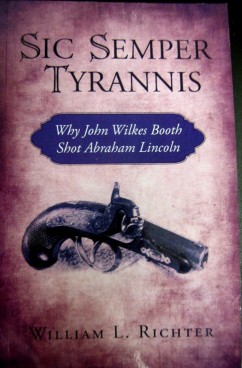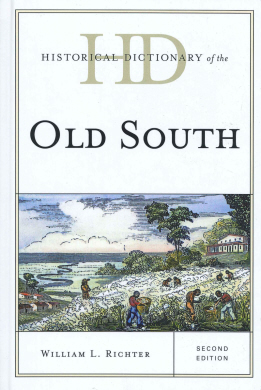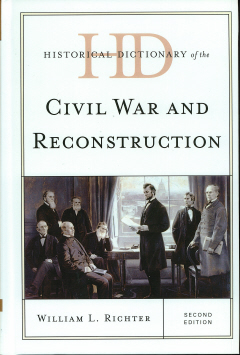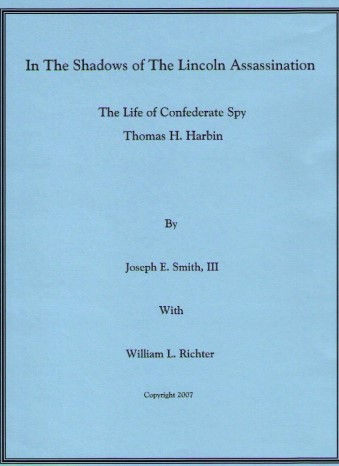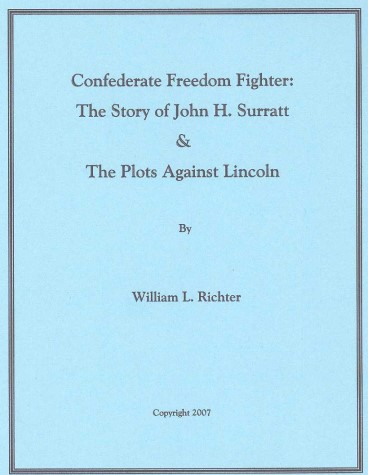Available in Nook E-Book Format or Available in Kindle E-Book Format |
From the Preface:
|
After years of wandering in the wilderness of Lincoln assassination literature, it was with great pleasure and gratitude that this weary pilgrim came upon the refreshing oasis of William L. Richter’s, The Last Confederate Heroes. Although classified as fiction, this two volume novel is a rarity due to the depth of research he has put into his work. The cast of characters, all of them historical figures, that move in and out of the drama surrounding the Lincoln assassination is as vast as it is varied, and Richter has not stinted in his use of all the players, whether they be at center stage or in the wings. In his book, Richter makes good use of and builds upon the thesis presented in the ground breaking work, Come Retribution, in which authors William A. Tidwell, James O. Hall and David Winfred Gaddy make a solid case (using documentary evidence and following the trail of secret service funds) of the involvement of the Confederate Government and their agents in the elimination of President Lincoln. Prior to the release of Come Retribution, many historians, scholars and assassination aficionados scoffed at the idea that the killing of Mr. Lincoln was anything more than the result of the evil scheme of a deranged, out of work actor who loathed the “Great Emancipator” as a tyrant and had vowed to do away with him for destroying the Southern way of life and freeing the slaves, and that John Wilkes Booth, along with his mismatched gang of sycophantic misfits, mental incompetents, drunkards and ne’er-do-wells encompassed the entire scope of the conspiracy. Before he was hanged, Lincoln assassination conspirator Lewis Powell told federal officers, referring to the considerable number of those involved in the actions against the person of Mr. Lincoln, that they had not yet gotten the one tenth of those involved. In their arrogance, and ignorance, the federals most likely believed that Powell just had an imperfect understanding of mathematics. Although federal authorities did, in fact, have more than one tenth of those directly involved in the actions against Mr. Lincoln, (but for a lack or loss of evidence not much of a case could be made against most of them) it would have been difficult, at the time of the Lincoln Assassination, for federal authorities to fully comprehend the degree to which the plans against the Union President extended. They most likely would have been overwhelmed not only by the various plans of action against their President, but by the numbers of those involved in the planning and implementation of those actions. But, “There are more things in Heaven and earth, Horatio, than are dreamt of in your philosophy.” (Hamlet, Act 1, Scene V). Lewis Powell understood these sentiments perfectly, and so too, does William Richter. With The Last Confederate Heroes, he demonstrates clearly that there is much more in Heaven and earth than has ever been dreamed of by Lincoln assassination historians. Using a wide variety of source materials for his novel, which include papers from private collections, historic periodicals, personal memoirs and firsthand accounts from those on the scene, period newspapers and modern documentaries, the author casts a wide net and draws into his work not only those known figures that have always been associated with the Lincoln assassination, but also those not so well known participants who dwell on the periphery. But he does much more than introduce us to new and interesting personalities; Richter puts the flesh on their bones and, writing in an honest, unapologetic, straight-ahead style, with an ardent feeling and understanding of the time, which can only be described as intuitive, he draws us into their world. And once entered, the world of The Last Confederate Heroes is one from which the reader will be reluctant to depart and one to which he will desire to return time and again. The reader will find himself walking the streets of Washington City with the likes of John Wilkes Booth, John H. Surratt and David E. Herold; sitting in on meetings at the Confederate White House in Richmond in company with Jefferson Davis, James Seddon and Judah Benjamin as they discuss the plans of action against President Lincoln; at the bar of the St. Lawrence Hall Hotel in Montreal sipping a “bourbon and branch” with George N. Sanders, Charles Dunham and other operatives of the Confederate clandestine apparatus in Canada; with Confederate agents Thomas Jones, Thomas Harbin and Elizabeth Quesenberry (pronounced, “Kwee-sen-berry”, and she was most insistent on that point) as they make efforts to move Booth down “The Line”. Through his painstaking research, Richter also presents us with something else that other historians have failed to do thus far by not writing within the context of 19th Century America; the author has given us the only comprehensive, in-depth analysis of John Wilkes Booth’s political philosophy, showing that Booth was very much a man of his time. In its original form, The Last Confederate Heroes was comprised of 920 pages in two volumes. The revised edition has been infused with new material gained from the author’s most recent research and is now, in its present form, overall, the finest, most comprehensive work of Lincoln assassination literature to date, bar none. |
|
Also in The Surratt Courier: By: Steven G. Miller
|
|
WHAT IF JOHN WILKES BOOTH WERE TRIED FOR ASSASSINATING ABRAHAM LINCOLN?
|
|
THE LAST SHOT The "Last Shot" is a compilation of ten essays that deal with the subjects and unsolved mysteries surrounding the Civil War. The most controversial is the notion of whether the North intentionally caused the confict as the only way to abolish slavery. Did they misjudge the Southern response due to years of the South making threats and not carrying them out? Several essays look at John Wilkes Booth, the people who influenced him, and those who aided in his escape after he shot President Abraham Lincoln. Did Booth's escape route differ from the accepted tale? And did Booth commit suicide at Garrett's Farm? Finally, the book examines the Republican Party's successful drive in Congress for political supremacy over the Executive Branch and the Supreme Court, before, during, and after the war.
|
|
Available from Amazon |
|
New 2nd Edition
Available for purchase at Amazon.com |
|
From the preface of In the Shadows of the Lincoln Assassination:
Click Here for Ordering Information
|
|
|
From the preface of
|
| William Richter 2917 E Elm St Tucson, AZ 85716-3548 |
©William L. Richter 2009-2016 |

